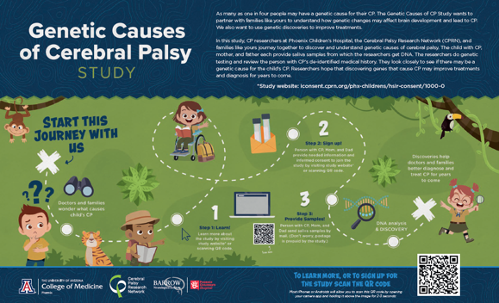ASU Research Computing, part of the Knowledge Enterprise’s Research Technology Office, is a state-of-the-art supercomputing facility that features large-scale computing power that is freely accessible to all ASU faculty and students. In Spring 2022, ASU Research Computing will bring online a new multi-million-dollar supercomputer that will feature approximately 200 Graphical Processing Units (GPUs). This is in addition to the existing supercomputer, Agave.
What does this mean?
To demonstrate the power of this new cluster, consider this: The cluster will have the computational power to perform as many calculations in one second as a human could perform in 28 million years using a hand calculator!
The accelerated performance of GPUs executing those same calculations would take a human nearly 190 million years! Many scientists rely on these powerful supercomputing systems to analyze large amounts of data and solve significant scientific problems. Below is a real-life example of the impact on science and discovery.
Large scale genome sequencing for childhood movement disorders at ASU

Cerebral palsy (CP) is a neurodevelopmental disorder that presents with significant motor disability afflicting 1 in 354 children in the United States. The Medicaid cost for a child with CP is 10 times higher than a child without CP (CDC data). Many children with CP also have concomitant neurological disorders including intellectual disability, autism, and epilepsy. Michael Kruer, MD, is a practicing pediatric neurologist and neurogeneticist at Phoenix Children’s Hospital and an adjunct associate professor at ASU. His lab, led by bioinformatics scientist Sheetal Shetty, Ph.D. (faculty associate, ASU West), is studying genetic factors that can cause CP. A seminal paper published by the Kruer lab group in Nature Genetics (PMID: 32989326) identified dozens of genes that contribute to CP, as well as pathways crucial for normal motor development.
ASU’s high performance computing infrastructure, including NVIDIA’s Parabricks genomics pipeline, are crucial to the lab’s ongoing work. These approaches use network-based analytics and machine learning tools to identify key genes and pathways that lead to CP. The lab is also recruiting 1,000 families from around the country to the ‘Genetic Causes of CP Study’ by using a novel electronic recruiting and consenting application aptly named “iConsent.” We encourage everyone to kindly visit the Kruer lab web page to learn more.
ASU Research Computing Fun Facts
Did you know ASU’s supercomputer delivered nearly 100 million CPU-hours of computing in 2021?
What does that really mean?
It would take a modern laptop or personal computer millions of years to complete a similar amount of computation.
- ASU’s supercomputer completed more than 6 million individual scientific analyses, or “compute jobs,” in 2021.
- ASU Research Computing provided approximately 40 trainings and had more than 400 unique workshop attendees in 2021.
- In 2021, more than 200 unique individuals ran 176,970 Matlab programs. More than 200 unique users ran 195,662 R programs on ASU’s supercomputer.

